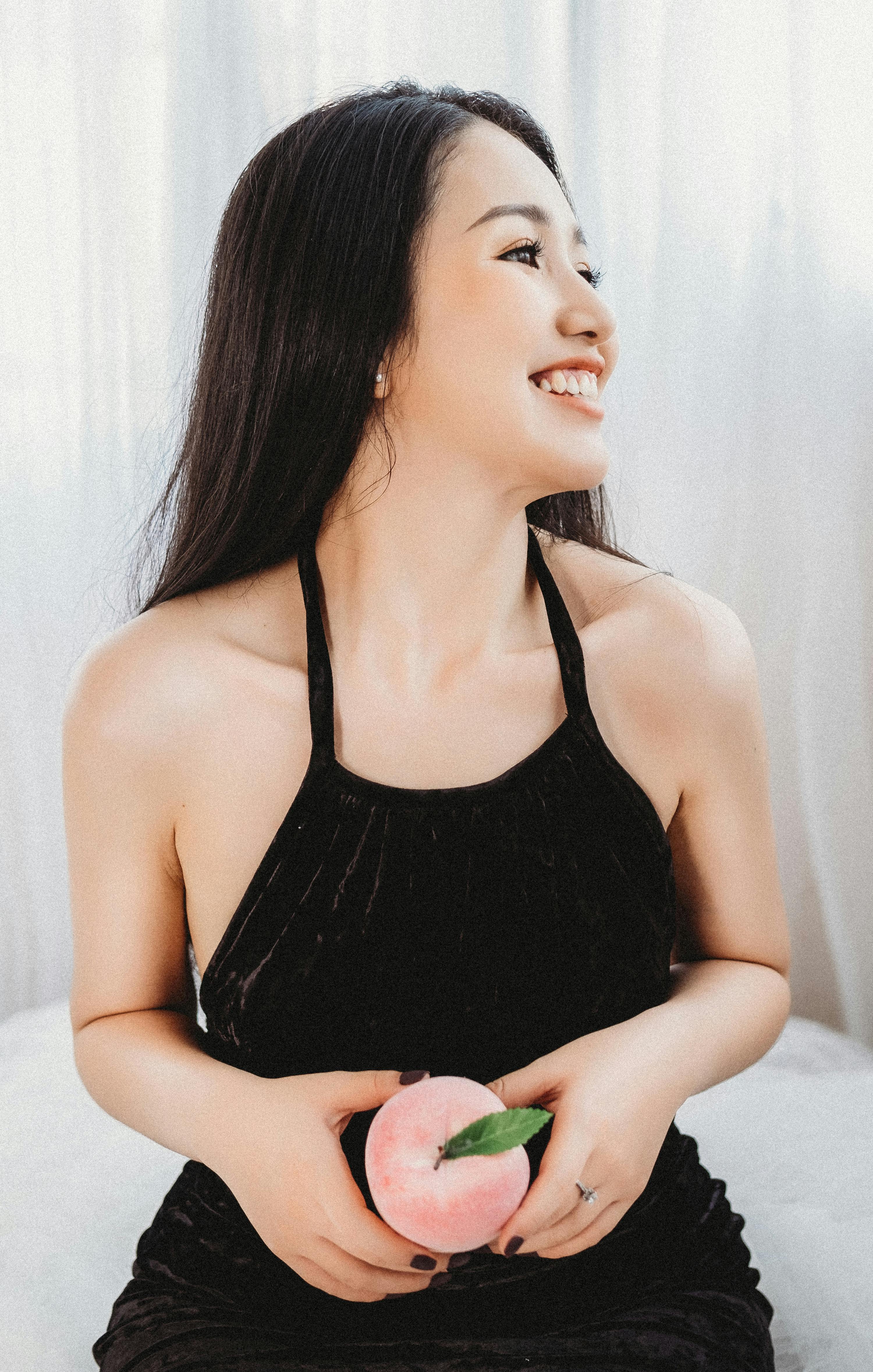Rich imagery permeates the customs that go into Asian bride meeting rituals. The ceremonies are a nod https://asianbrides.org/eastern-honeys-review/ to Asian culture’s deeply ingrained beliefs that the union of couples should be honored by their families and by the universe. These ceremonies range from the wedding hairdressing and capping ceremonies for the bride to the otoshigami, where the groom blocks himself with his family and friends. The tea ceremony also involves the couple serving their parents, grandparents, and other elders and receiving red envelopes ( or hong bao ) filled with cash or jewelry.
On the day of their marriage, it is customary in Chinese weddings to respect one’s grandparents and gods https://www.eonline.com/news/1334852/here-are-the-9-biggest-changes-the-summer-i-turned-pretty-tv-show-made-to-the-book. This entails changing into innovative clothing and taking a fruit leaf shower to lift spirits. The couple’s relatives is then expected to prepare 12 presents for their daughter-to-be, including wedding cookies, standard Chinese cake, a bamboo utensil set, candles and firecrackers, gold jewelry, and cash.
Commonly, a parade travels from the groom’s home to the bride in the Japanese bridal service. Visitors may hold lamps and banners, sound gongs to frighten away evil spirits, and lighting a fire made from the divine sakaki tree’s branches. The brides are then taught spiritual values for married life by a miko, or female admin of the priest.
The few bow to the couple’s predecessors and the temple angels after exchanging two handclaps. A few days afterward, to show her respect and appreciation, the bride kneels down in front of her father’s parents and grandparents and serves them drink with two flowers seeds or two purple schedules.

